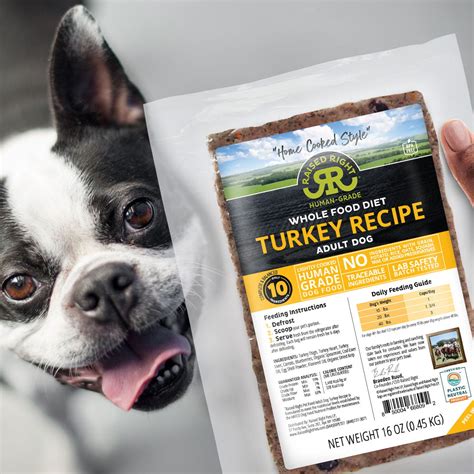Introduction
As pet owners become increasingly aware of the importance of nutrition for their furry companions, demand for human-grade pet food continues to surge. This article explores the key trends driving this burgeoning market, comparing human-grade pet food to traditional diets and offering insights into the future of this rapidly evolving industry.

The Rise of Human-Grade Pet Food
Human-grade pet food is formulated using ingredients that meet or exceed the standards for human consumption. This means no by-products, fillers, or artificial additives. With a focus on whole, natural ingredients, human-grade pet food appeals to owners who want to provide their pets with the same quality of food that they eat themselves.
According to a recent report by the American Pet Products Association (APPA), the human-grade pet food market is projected to reach $20 billion by 2025. This unprecedented growth is driven by several key factors:
- Increasing pet humanization: Pets are increasingly viewed as members of the family, and owners are willing to spend more on their well-being.
- Growing awareness of pet health: Studies have shown that a high-quality diet can improve pet health, longevity, and quality of life.
- Rising demand for transparency: Consumers want to know what’s in their pet’s food, and human-grade ingredients provide that transparency.
Comparing Human-Grade vs Traditional Pet Food
| Feature | Human-Grade Pet Food | Traditional Pet Food |
|---|---|---|
| Ingredients | Real, whole, human-grade | By-products, fillers, artificial additives |
| Quality | Meets or exceeds human consumption standards | Variable, depending on the brand |
| Price | Higher | Lower |
| Benefits | Improved health, longevity, and quality of life | May compromise pet health over time |
| Transparency | Clear labeling and ingredient transparency | Less transparency, potential for undisclosed ingredients |
Benefits of Human-Grade Pet Food
Transitioning to human-grade pet food offers several potential benefits for your furry friend:
- Improved digestion: Real, whole ingredients are more easily digestible, reducing the risk of gastrointestinal issues.
- Optimal nutrition: Human-grade pet food provides a complete and balanced diet, meeting all of your pet’s nutritional needs.
- Increased energy and vitality: A high-quality diet can boost your pet’s energy levels and overall well-being.
- Reduced allergies and skin problems: Grain-free and limited-ingredient human-grade pet food can help prevent food allergies and alleviate skin issues.
- Better breath and dental health: Real meat and vegetables promote healthy teeth and gums.
Tips for Choosing a Human-Grade Pet Food
- Read the ingredient list carefully. Look for real, whole ingredients that you would recognize in your own food.
- Avoid by-products and fillers. These ingredients are often low-quality and offer little nutritional value.
- Choose a reputable brand. Research the brand’s reputation and read reviews from other pet owners.
- Consider your pet’s individual needs. Consider your pet’s age, breed, and any health conditions when choosing a human-grade pet food.
- Make the transition gradually. Slowly introduce the new food to your pet’s diet to avoid stomach upset.
Future of Human-Grade Pet Food
The future of human-grade pet food is bright, with continued growth expected in the coming years. As consumers become more informed about the benefits of a healthy diet for their pets, demand for human-grade options will continue to soar.
Innovation will play a key role in the future of the human-grade pet food market. Companies are already exploring new ways to create sustainable, affordable, and convenient human-grade pet food options.
Conclusion
The human-grade pet food trend is a testament to the growing awareness of pet health and nutrition. While traditional pet food options may still have a place in the market, human-grade pet food offers a superior choice for pet owners who prioritize the well-being of their furry companions. By choosing human-grade pet food, you can provide your pet with the best possible nutrition and enhance their overall quality of life.
Additional Resources
- American Pet Products Association
- Association of American Feed Control Officials
- National Animal Supplement Council
Glossary
Human-grade: Meeting or exceeding the standards for human consumption.
By-products: The non-meat parts of an animal, such as organs, bones, and feathers.
Fillers: Low-quality ingredients that add bulk to pet food without providing nutritional value.
Artificial additives: Chemicals added to pet food to enhance flavor, color, or texture.





















